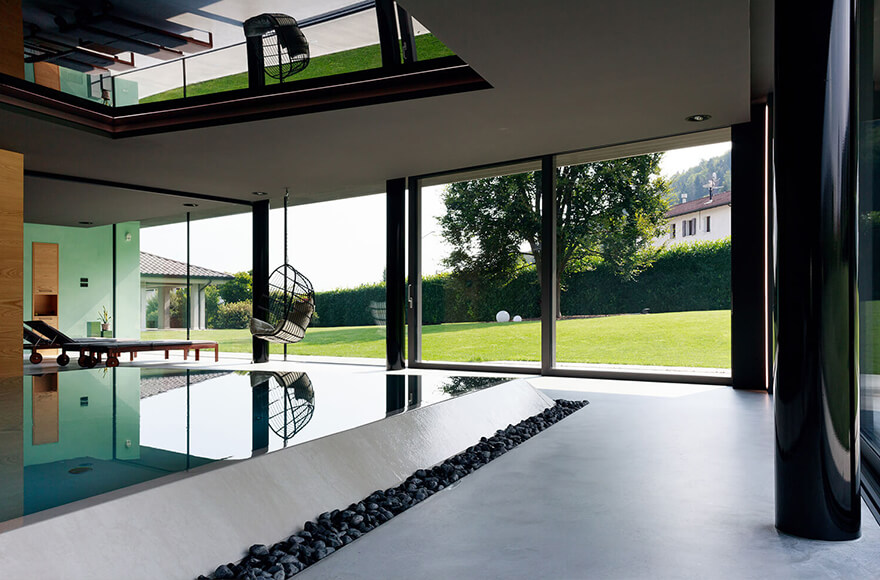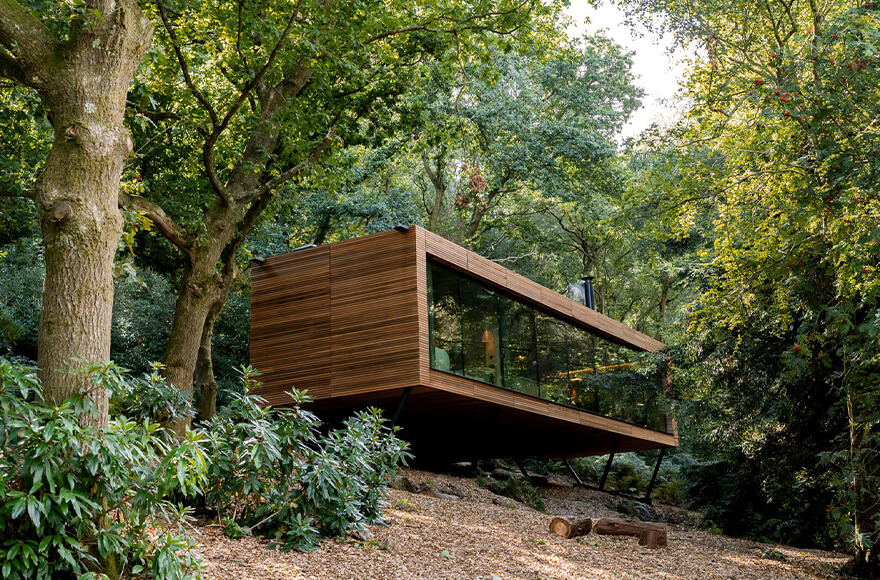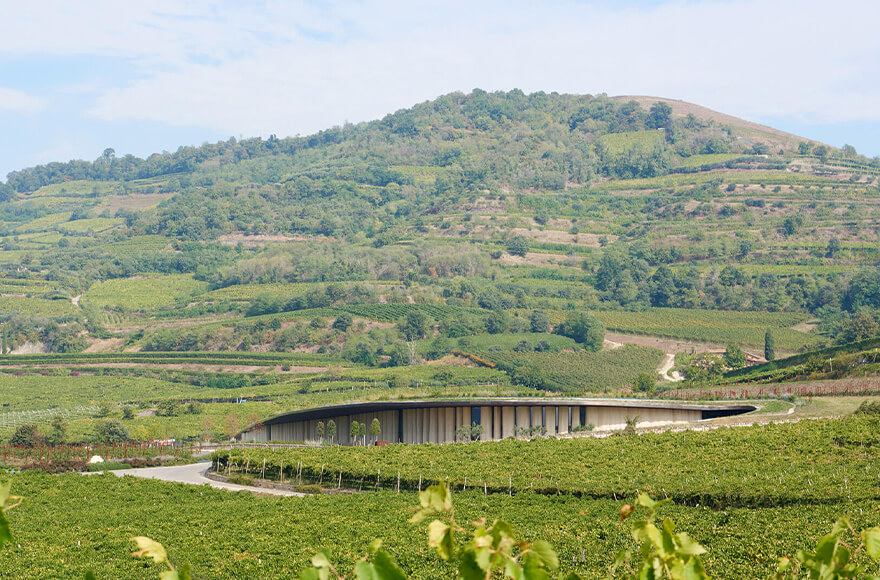The integration between internal and external spaces in interior design is a trend that reflects the evolution of modern architecture in relation to the growing importance of creating coherent and harmonious living spaces.
In an era in which our home is the place where we want to live in complete well-being, in full freedom and balance, the concept of “continuity” becomes key.
For this reason, the external space of a residence becomes as important as the internal environment. The two spaces should be fluidly connected, thus ensuring an airy, comprehensive and welcoming atmosphere. After all, the outdoor area of a dwelling, whether it is a balcony, a terrace, a veranda, a courtyard or a garden, can and must be considered in all respects as an extension of our living space, which we have rediscovered to be so essential and indispensable even more during and after the pandemic.
But how to perfectly integrate internal and external spaces? Which measures and criteria of interior design should we follow to fully enhance the external area and put it in connection to the interior to develop a truly perfect living environment? Let’s find out together.
Continuity between interior and exterior: large glass windows
In architecture and interior design, a now well-established and optimal way to create continuity between interior and exterior is the use of glass windows. Large panoramic windows not only capture natural light, but also offer a direct view of the outside world. This creates a sense of open space and allows the residents to feel in contact with the surrounding nature even when they are inside. Windows therefore represent a visual bridge between the internal and external environments and can be arranged so as to create a fluid transition between the two areas. This way, in the warmer seasons, internal and external spaces merge into a unique, enjoyable whole.

Continuity between interior and exterior: surface materials
To obtain continuity and harmony between internal and external spaces, another important criterion to take into account is the choice of materials and finishes for internal and external surfaces. Using similar or complementary materials in both areas, mainly on the floor and walls, can in fact contribute significantly to create a seamless effect. For example, choosing concrete or stone floors that cover the living room as well as the balcony helps give the spaces a cohesive look of continuity, both from a visual and tactile point of view. Furthermore, the choice of colours and textures can also enhance the connection between the interior and the external landscape.

Continuity between interior and exterior: furniture and plants
Among the measures interior design employs to create a perfect connection and harmony between interior and exterior, furniture and plants play a key role. Using furniture and decorations that are suitable for both internal and external spaces is essential to create visual and functional continuity. This approach not only brings together the two spaces rooms, it also offers a great flexibility of use. A veranda or a winter garden equipped with a sofa complete with cushions, a coffee table and suggestive lighting, for example, can act as an extension of the living area, offering an ideal environment for relaxation or entertainment. Furthermore, when positioned strategically, plants serve as a link between the two environments, so that the internal greenery matches the external nature.

Continuity between interior and exterior: arranging the space
Finally, the organization of space, and the arrangement of furnishing elements, are important elements worth taking into consideration when seeking an effective integration between internal and external space. To achieve continuity, it is particularly important to eliminate any visual obstacle between one environment and the other. In order to do so, keep bulky furniture, such as sofas, tables and cupboards, away from external accesses and views — place them facing outwards instead. It is a recognized and universal interior design parameter, useful not only to achieve the perfect fusion between inside and outside, but also essential to optimise natural light and increase comfort and everyday living functionality (on this topic, please refer to our article “Functionality of indoor environments“).